
Information on Cerebral Palsy
Cerebral palsy is an umbrella term for a number ofneurological disorders. All those disorders can be characterized by affectedmuscle coordination and body movement, and these symptoms usually startmanifesting in early childhood and sometimes even infancy. Most personsaffected with cerebral palsy are unfortunately born with it, even though itcannot be detected that early in a person’s life. The abnormalities in certainparts of the brain which are responsible for controlling the muscle movements arethe main cause of these medical problems. The first symptoms can usually beseen only when the child reaches the age of 3. The most common signs are toofloppy muscle tone, too stiff muscle tone, scissored gait, walking on the toes,walking with one leg dragging, walking with one foot dragging, exaggeratedreflexes, tight muscles, stiff muscles and a lack of muscle coordination whileperforming voluntary movements. Unfortunately, cerebral palsy cannot be cured. Treatment can only dealwith the management of the disabilities in order to make it possible to live anormal life, as much as it is possible. The treatment may include a vast array of methods such as variouscommunication aids, rolling walkers, wheelchairs, speech therapy, physicaltherapy, occupational therapy and numerous different types of drugs andmedicaments used for the reduction of painful sensations, relaxation of musclespasms and the control of seizures.
Assistive Technology
It involves the use of a large number of different devicesin order to provide the patients with as much independence as possible.Assistive technology includes and customized, modified and commercially acquiredproduct system, piece of equipment or item which improves, maintains orincreases the functional capabilities of disabled persons. Computer equipmentis normally at the top of the list of assistive technology because it providesthe largest array of possibilities and options. The hardware is nowergonomically designed and the software comes equipped with voice commands andvoice recognition. These may come in very handy for those with speechdisabilities because they can speak too. Various pointing devices and switchesensure that the handling and usage of various appliances is much easier.Hearing aids, amplification devices, Braille embossers and Braille displays canbe helpful for those who suffer from hearing loss and those who are blind orhave reduced vision. Basic devices include grab bars in toilets and showers.Unfortunately, most of the listed devices come at a price which may not be low enoughfor everyone.




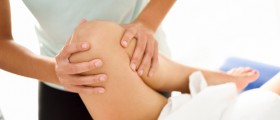
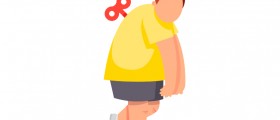


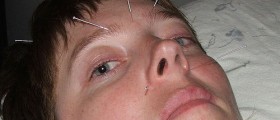
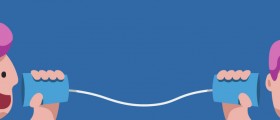
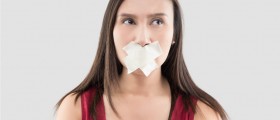

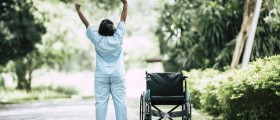
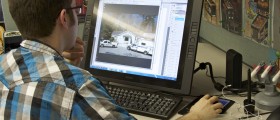
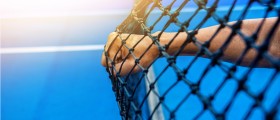
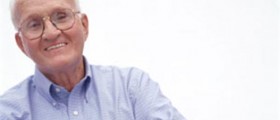
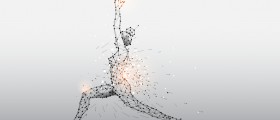
Your thoughts on this
Loading...